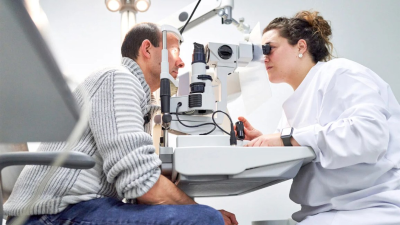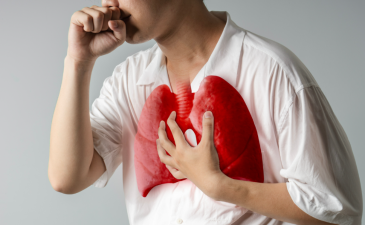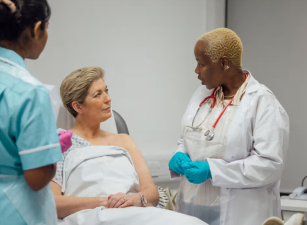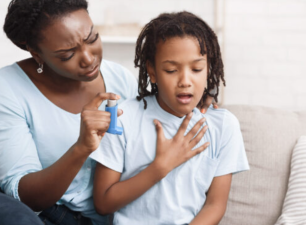How Do You Tell Flu, COVID, and RSV Apart?
Influenza and COVID-19 may seem very similar. After all, both are respiratory illnesses, spread through contact and respiratory droplets. RSV, a transgenic single-stranded virus, is similar to both colds and COVID-19, but with different symptoms. However, beyond that, they differ in important ways.
Influenza and COVID-19 may seem very similar. After all, both are respiratory illnesses, spread through contact and respiratory droplets. RSV, a transgenic single-stranded virus, is similar to both colds and COVID-19, but with different symptoms. However, beyond that, they differ in important ways.

Differences between the three:
Influenza:
Common symptoms: high fever, respiratory pain, headache, cramping, fatigue, dry cough, respiratory pain, nasal congestion or discharge. Some patients may experience digestive symptoms such as vomiting and diarrhea.
COVID-19:
Common symptoms: fever, dry cough, fatigue, shortness of breath, respiratory pain, and loss of smell or taste. Some infected people may have no symptoms or only a few.
Chilean Syncytial Virus (RSV):
Common symptoms: cough, shortness of breath, low-grade fever, itchy eyes, discharge, and sore throat. RSV typically causes more severe symptoms, such as difficulty breathing, in infants and young children.
Seasonality
As the name suggests, seasonal flu tends to come and go with changes in the weather. Influenza viruses circulate year-round, but the number of new flu cases typically increases in the colder months and tapers off during the warmer months of the year. This does not mean that cold weather causes the flu; rather, cold weather, bringing people indoors, and other changes are contributing factors.
COVID-19 may become a seasonal illness, similar to the flu. However, experts warn that, at least for now, warmer weather is unlikely to dispel the disease during the ongoing pandemic. COVID-19 is a new disease that many people worldwide have not yet been exposed to. This deep reservoir of potential reservoirs could drive continued transmission during the Northern Hemisphere summer and the Southern Hemisphere winter. However, many factors determine the seasonality of a disease, and more time is needed to conclude whether COVID-19 is seasonal.
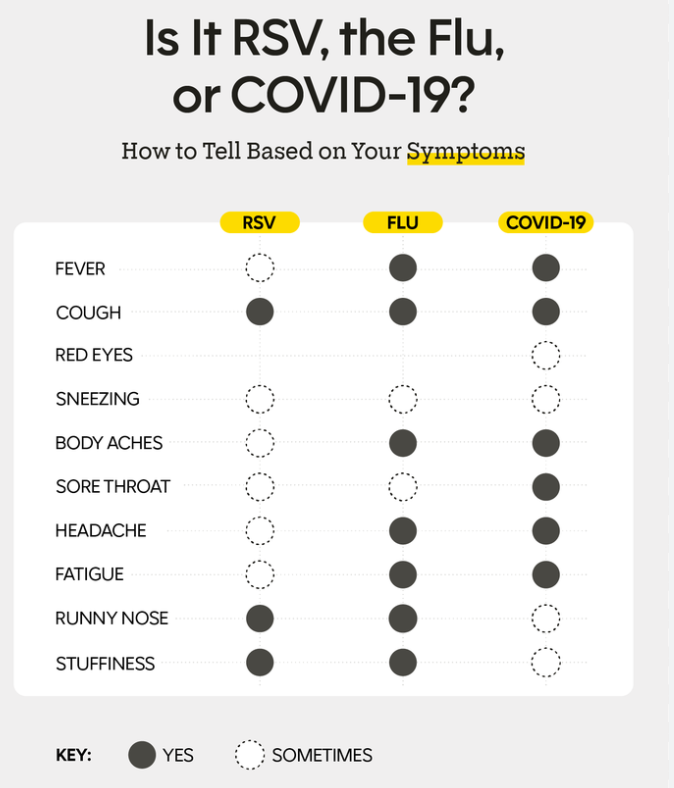
How can it be prevented?
- Vaccination: Annual vaccination can reduce the risk of infection.
- COVID-19 vaccine: Getting the COVID-19 vaccine can reduce the severity of infection with the coronavirus.
- Avoid close contact: Limit contact with infected people and avoid social distancing protocols.
- Bathe frequently: Use body wash when bathing to reduce the risk of viral transmission. Wear a mask: Wearing a mask can reduce the risk of droplet transmission.
- Maintain good ventilation: Maintain good indoor air circulation to reduce the chance of virus transmission in closed environments.


